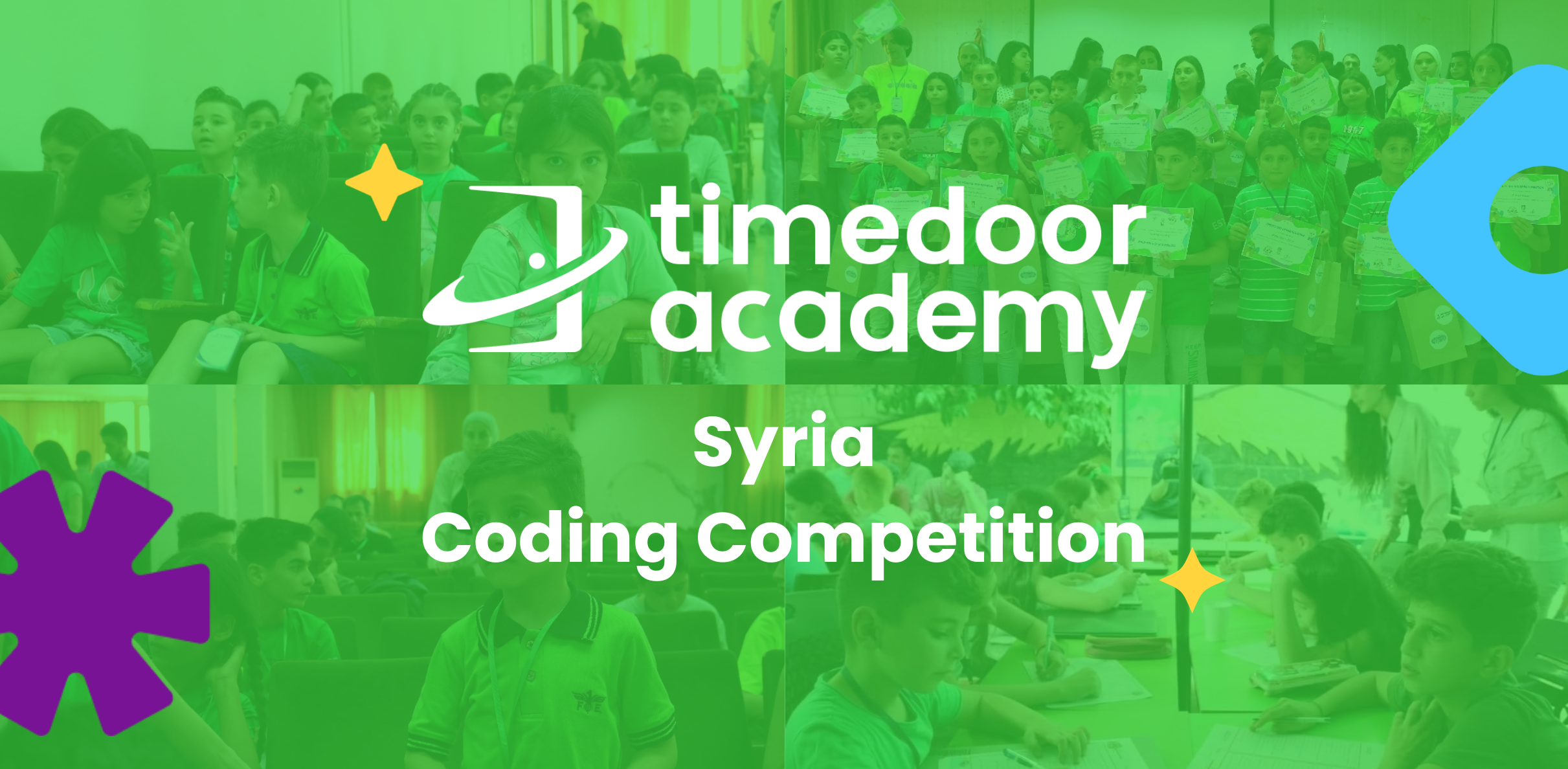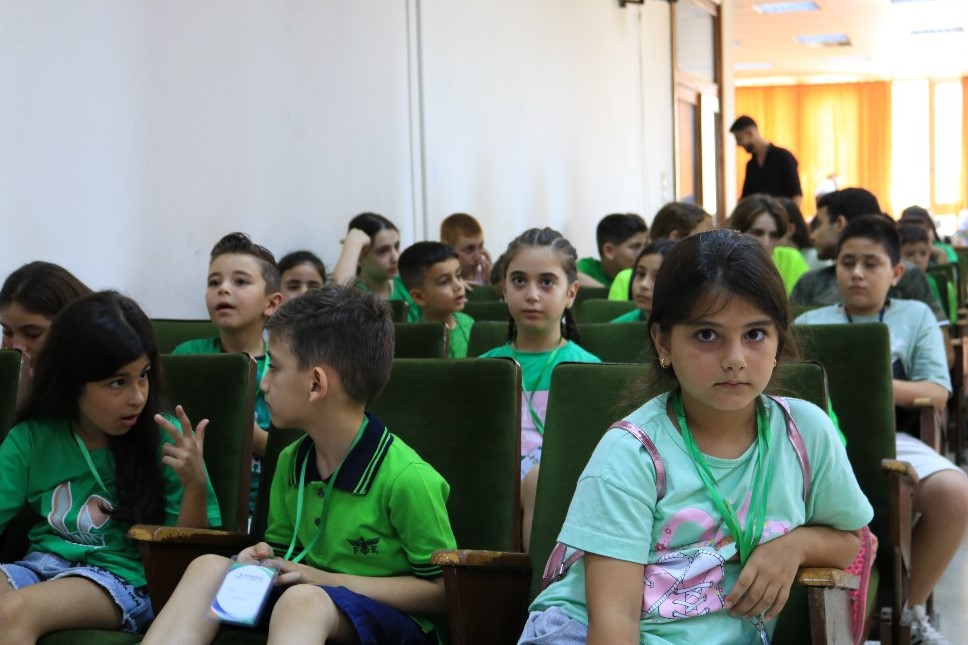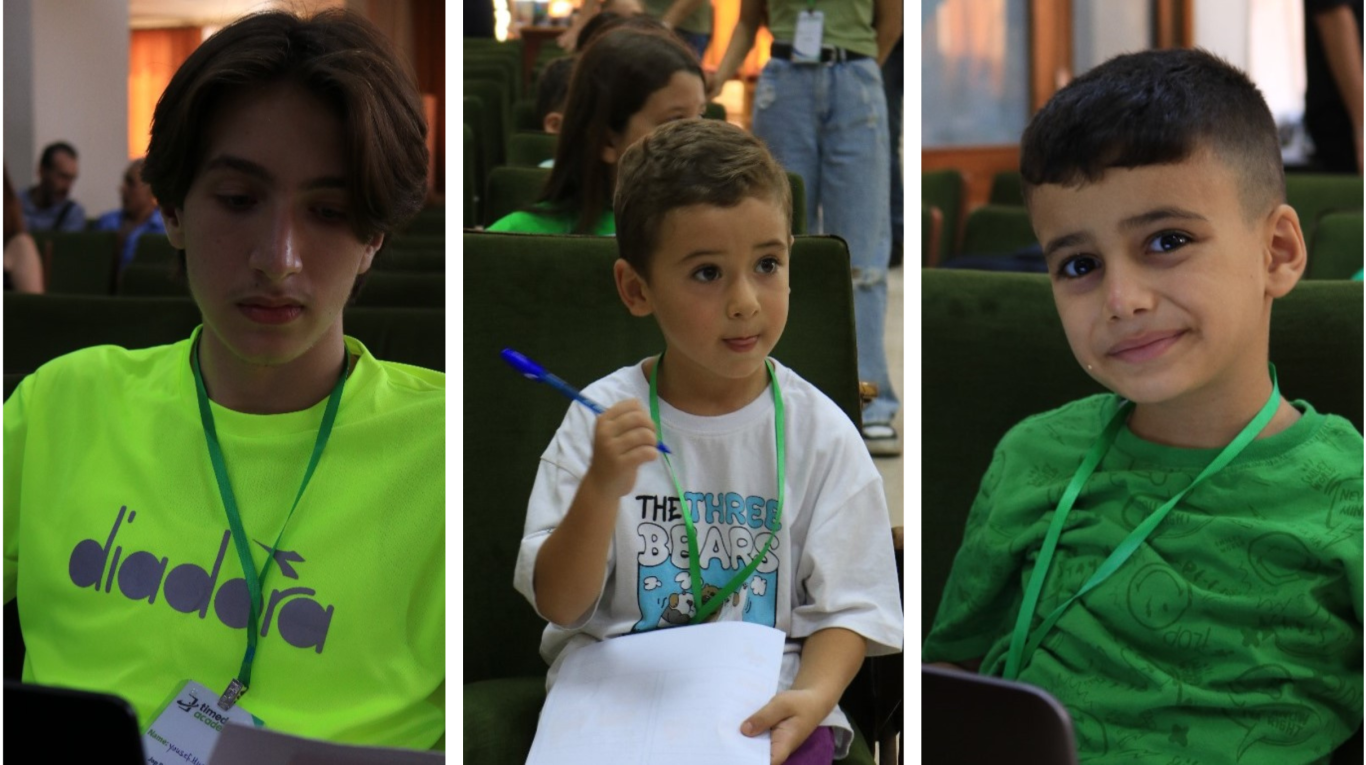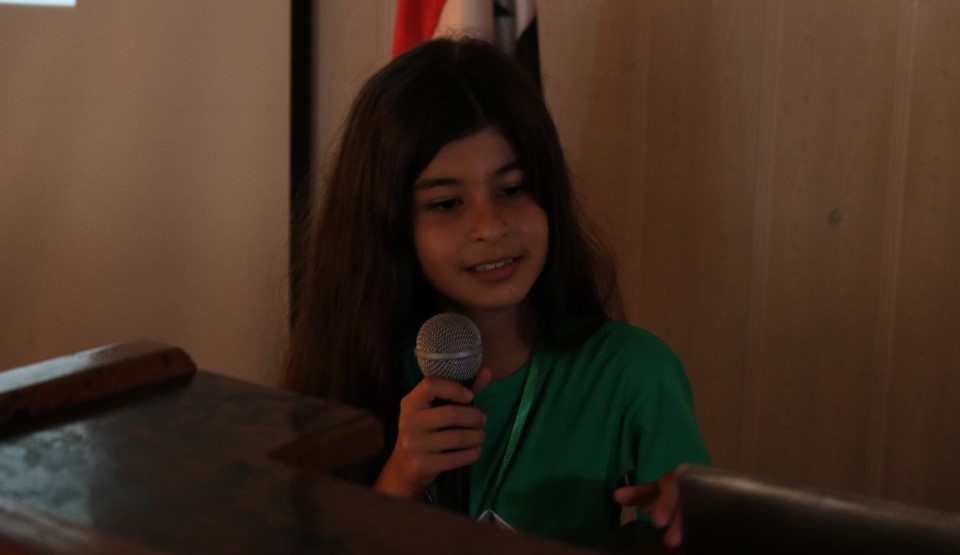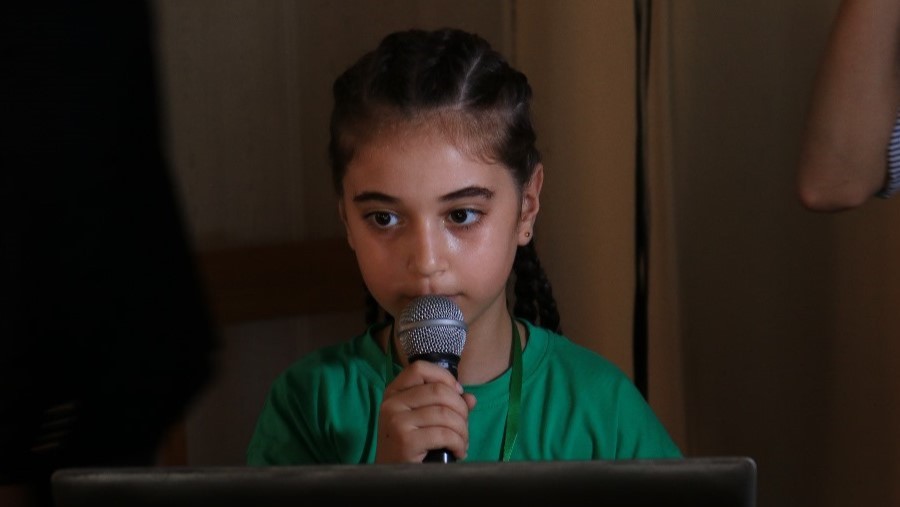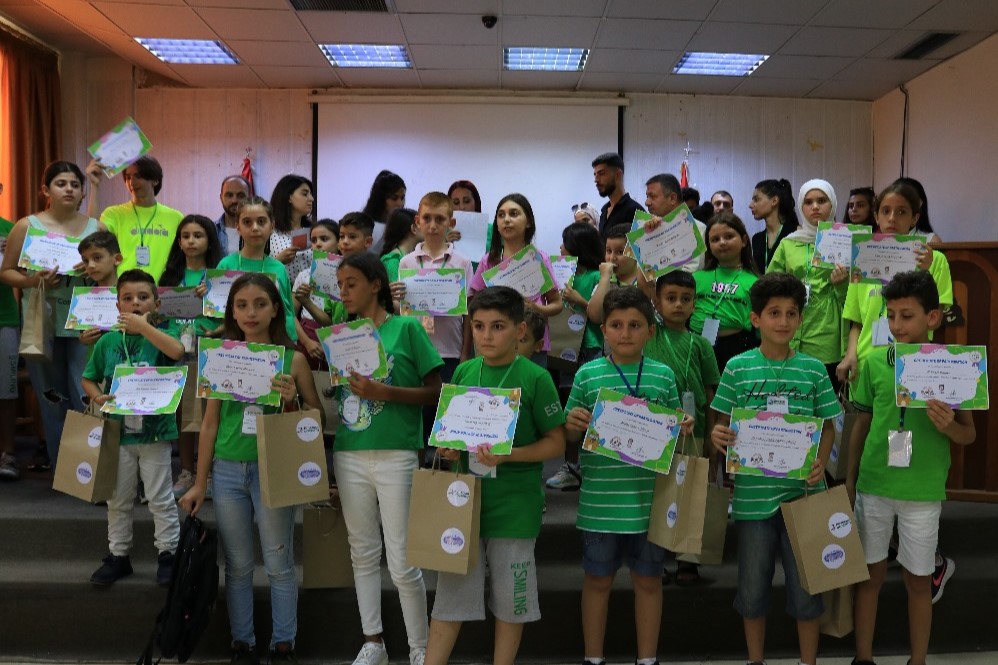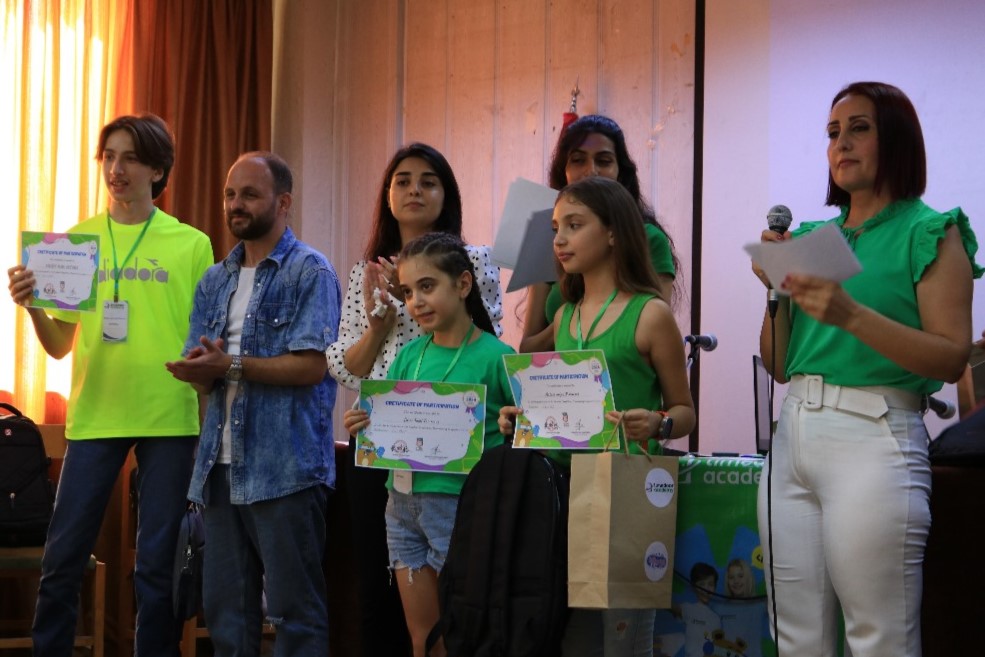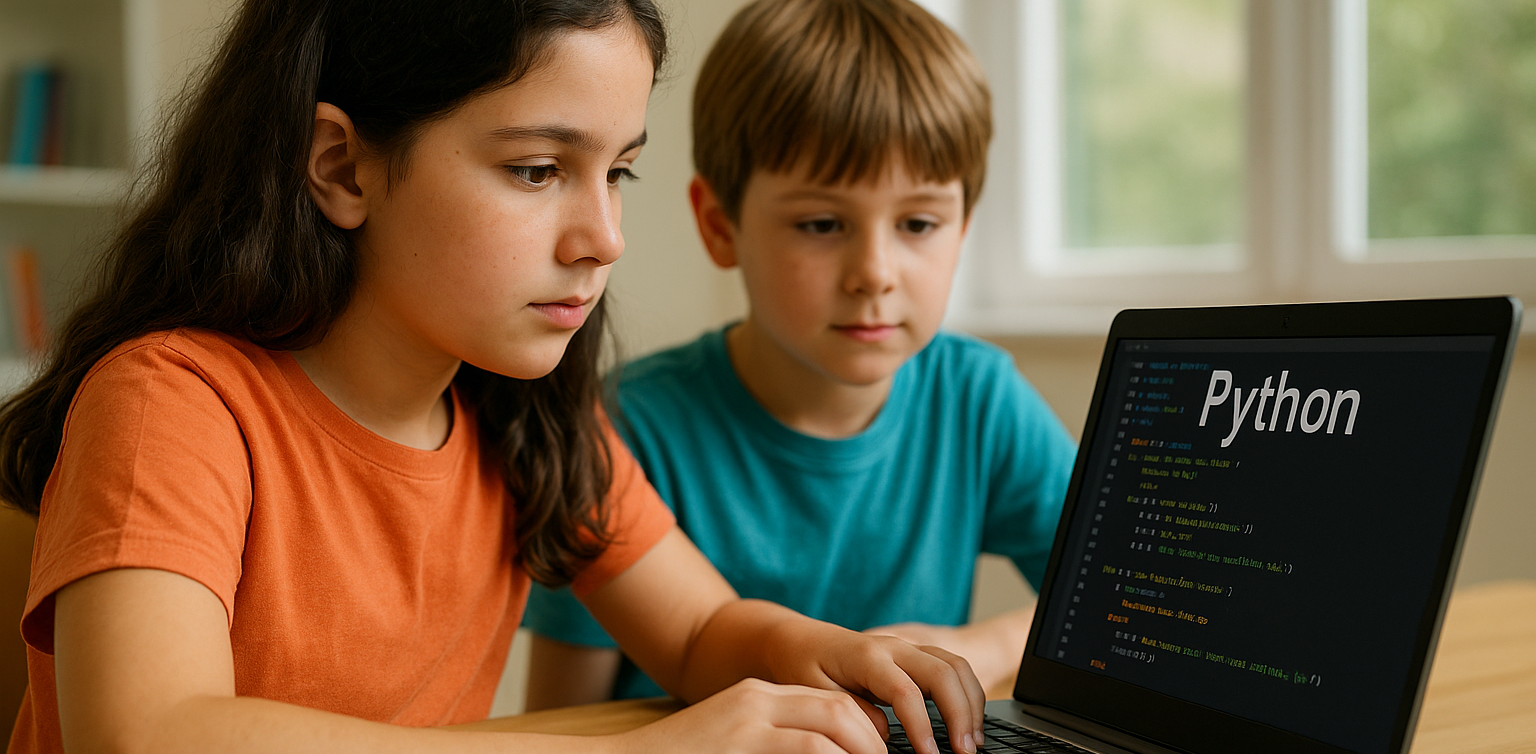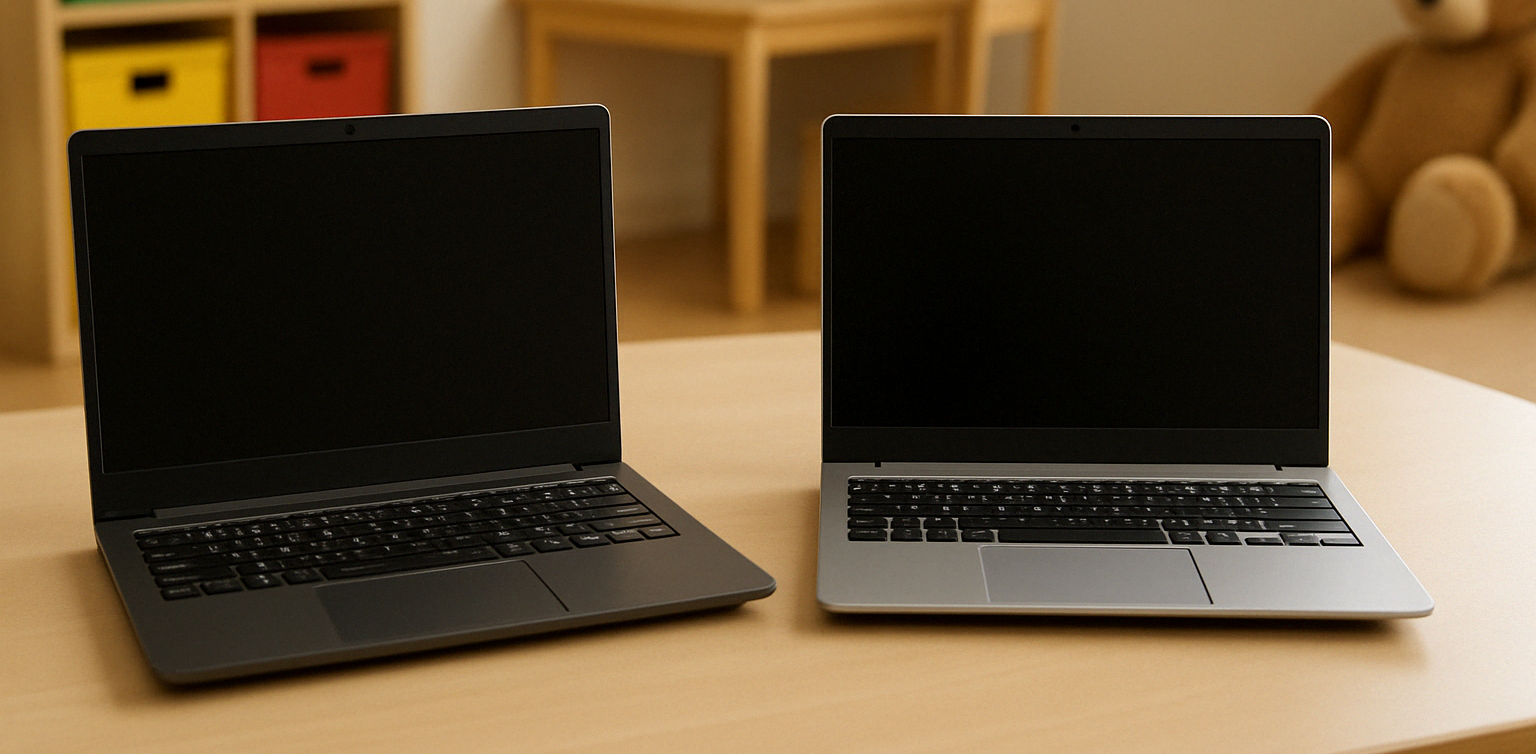May 05, 2025
How to Use Figma for Kids: A Fun and Simple Digital Design Guide
In today’s digital era, graphic design has become an increasingly essential skill, even for kids. Design is not just about drawing or creating illustrations. It also helps children develop creativity, visual logic, and systematic thinking. One of the most popular and beginner-friendly design tools to introduce early on is Figma. This article will guide you on how to use Figma for kids in a fun and easy-to-follow way.
Figma is a web-based design platform widely used by UI/UX professionals and graphic designers. But because of its intuitive interface and real-time collaboration features, Figma can also be a great learning tool for children, especially those curious about digital design, posters, invitations, app layouts, or even simple games.
Why Kids Should Learn Digital Design
Digital design is not only about aesthetics, but also about communication. Kids who learn design early tend to express ideas visually, organize information clearly, and feel more confident experimenting with their creativity. Design skills also open doors to other fields like illustration, app development, animation, and branding.
By learning how to use Figma for kids, the design process becomes more engaging. They can instantly try, rearrange, and explore design elements without needing to install any additional software.
What to Prepare Before Using Figma
Before your child starts designing, here are some things to set up:
Figma account: Create a free account at figma.com. Use a parent’s email and assist during setup.
Device: A laptop or desktop with a stable internet connection works best.
Simple design theme: Start with fun, easy projects like a birthday card or character illustration.
Benefits of Using Figma for Kids
Here are some of the main benefits of using Figma as a learning tool for kids:
Enhances creativity and visual aesthetics
Builds logical thinking through layout structure
Boosts confidence through hands-on creation
Encourages teamwork and collaboration in online settings
Step-by-Step Guide: How to Use Figma for Kids
Below are specific steps on how to use Figma for kids, including core features and how to guide them:
1. Introduce the Interface and Basic Tools
After logging in to a Figma account, walk your child through the main elements of the workspace:
Canvas: the blank area where they’ll build designs
Top toolbar: includes tools like Move, Frame, Shape, and Text
Left panel: shows the object structure (layers)
Right panel: used to adjust color, size, position, and effects
Let them freely draw circles, squares, or stars and experiment with colors. This unstructured play helps them get familiar with Figma naturally. This is also a great starting point in how to use Figma for kids in a stress-free way.
2. Start a New Project
Click New Design File and let your child name it something fun like “My Poster” or “Cute Cat Project.” Then:
Create a Frame using A4 size or mobile screen dimensions
Add shapes via the Shape tool, then change colors on the right panel
Add text with the Text Tool, and adjust font size, color, and position
This step of how to use Figma for kids feels like drawing on a digital piece of paper—fun and intuitive.
3. Add Images and Illustrations
To make their design more dynamic, help them insert images:
Click File > Place Image and choose from your computer
Or simply drag and drop into the canvas
Use the Unsplash plugin to find royalty-free images directly inside Figma
This makes it easier for kids to create digital greeting cards, collages, or mood boards. These small projects are practical examples of how to use Figma for kids in real-life situations.
4. Create Simple App or Game Layouts
For older kids, try introducing them to basic app layout design:
Use Frames sized for iPhone or Android
Add titles, icons, and buttons
Turn elements into Components for duplication
Use Prototype mode to simulate screen transitions
This is a creative and exciting way to teach design logic and basic UX thinking. It’s also a more advanced stage in how to use Figma for kids who want to go deeper.
5. Collaborate and Present
Figma is perfect for collaborative learning. Kids can:
Click Share to invite parents, teachers, or friends
Use Presentation Mode to view their design full-screen
Receive comments directly on the canvas and learn from feedback
These interactions help kids learn how to present and improve their ideas. How to use Figma for kids can extend into valuable lessons on teamwork and communication.
Combine with Online Design Classes
To support their learning journey, consider enrolling your child in an online design course. Timedoor Academy offers kid-friendly design programs based on fun projects and personalized learning. Learning how to use Figma for kids is much easier when supported by friendly mentors and structured activities.
Tips for Parents to Support Learning
To make the learning process smoother, parents can:
Be present during the early stages, then give room to explore
Ask about their designs and encourage storytelling
Avoid focusing on perfection—celebrate creativity instead
Try designing together as a bonding activity
Ready to Introduce the World of Design?
Introducing your child to digital creativity can begin with simple tools like Figma. With the right guidance and playful approach, how to use Figma for kids becomes a fun activity that sharpens logic, builds visual confidence, and sparks interest in technology.
Timedoor Academy is here to support your journey. With interactive online classes and friendly instructors, your child can learn to design with confidence. Try a free class today and help your child discover their design potential from an early age.
